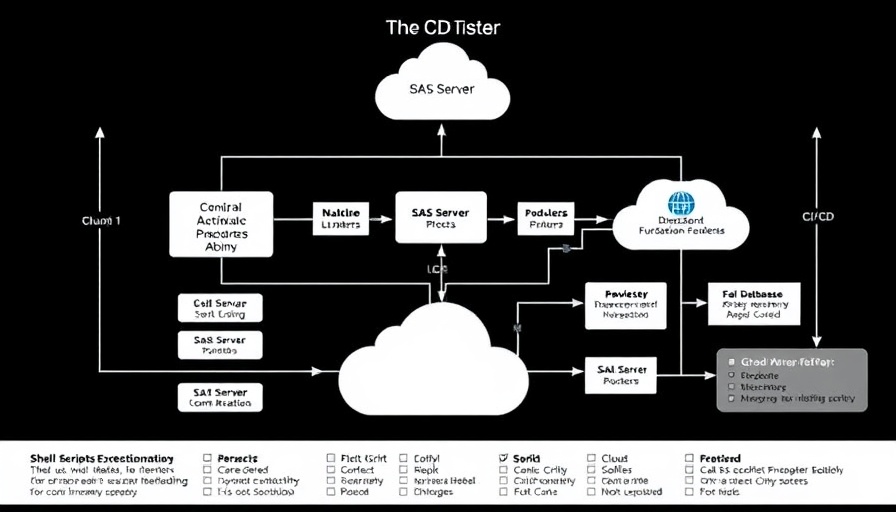
Revamping Legacy SAS Workflows with CI/CD and Python
In an era where automation is critical, many organizations find themselves sitting on a treasure trove of legacy SAS code. SAS has been a staple in data analytics for decades, but as teams adapt to modern workflows, the question arises: how can we integrate SAS with contemporary programming languages like Python while leveraging CI/CD practices? The answer lies in a well-structured approach utilizing GitHub Actions for continuous integration and delivery.
The Importance of Modernization
With engineers spread throughout an organization and relying on a mix of tools like SAS Enterprise Guide and SAS Viya, establishing a unified development process can be daunting. SAS developers often resist change, believing that legacy systems can't evolve. But what if we can show them that modernization is not just a possibility but a necessity? By integrating Python into SAS workflows, companies can enhance their analytics capabilities and streamline production jobs, ultimately fostering a culture of innovation.
Implementing a CI/CD Strategy
This approach begins with recognizing the role of CI/CD in automating software quality and deployment. CI/CD practices allow teams to commit changes in small batches and deploy updates seamlessly. Implementing this in an environment where SAS and Python coexist requires a clear understanding of the tools available. GitHub Actions plays a pivotal role in allowing developers to define workflows that automate tasks like code testing and deployment, regardless of the programming languages involved.
Legacy to Modern: Tools and Integration
A critical advancement is the demand for developers to utilize tools that facilitate this integration. SAS developers need guidance on using systems like GitHub along with their existing toolkits. For example, exporting SAS projects from Enterprise Guide as raw code simplifies migrating to new systems without losing the value of the legacy work. By utilizing the Viya Workbench, developers can run both SAS and Python scripts simultaneously in a cloud-based environment.
Future Trends in Data Science
Understanding how AI is intertwined with these evolving workflows is essential. Companies are investing heavily in AI technology, making it a vital aspect of data analytics and decision-making processes. Establishing a workflow that combines traditional SAS methods with newer AI tools can lead to richer insights and advanced analytics capabilities. This is where AI learning pathways come into play, allowing developers to enhance their skills in both SAS and Python within a rapidly advancing field.
Consolidating Knowledge Across Teams
Incorporating training sessions that describe how to implement CI/CD with AWS, Azure, or other cloud platforms can fortify teams’ ability to adapt. Regular workshops and collaborative projects encourage knowledge sharing and facilitate the smooth adoption of new technologies. Not to mention, ensuring that everyone understands the benefits of leveraging AI in these workflows further solidifies the team's capability to innovate.
Practical Insights for Teams
To practically implement these programming strategies, teams can adopt a step-by-step approach that begins with smaller projects before scaling up. Regular retrospectives and reviews can help identify gaps in knowledge or process improvements needed. Additionally, maintaining an open dialogue about fears and challenges associated with adapting to Python or CI/CD can help smooth the transition and encourage a collaborative atmosphere.
In conclusion, by understanding the value of modern workflow integration between SAS and Python while embracing CI/CD practices, organizations can ensure they remain competitive in the data analytics landscape. This transformation is not just about tools — it’s about fostering a mindset that values continuous learning and adaptability.
As AI continues to shape our future, leveraging these insights will undoubtedly empower teams to stay ahead of the curve.
 Add Row
Add Row  Add
Add 




Write A Comment